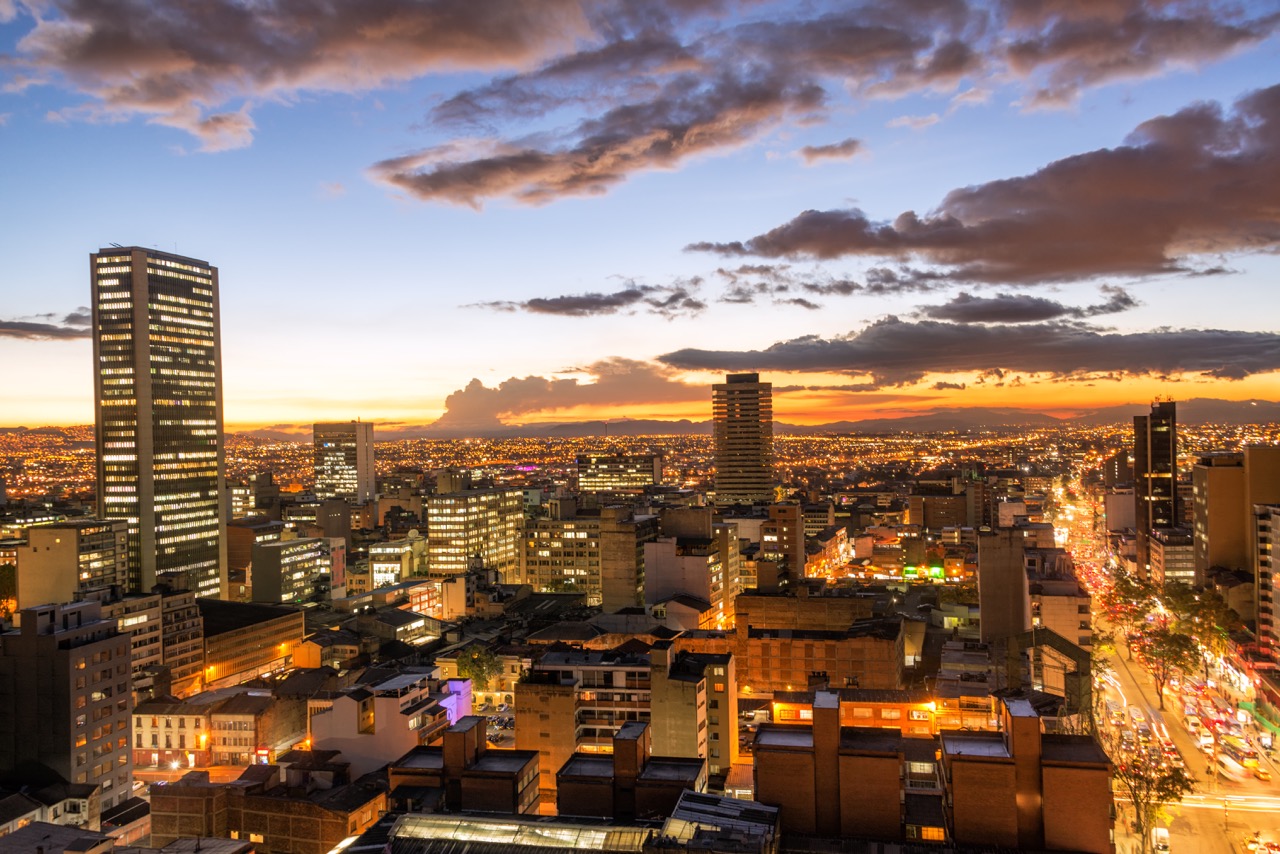When it comes to getting around the city, travelers have a variety of reliable transport choices. Utilizing mapping or transportation applications on your phone can significantly enhance your experience. Google Maps is a valuable tool as it provides accurate information on the bus lines you need to reach your desired destinations. Another highly recommended app, especially for offline use, is the Transmisitp app, the best application for Bogotá's bus system. This app offers comprehensive lists of buses, their schedules, routes, and the stations they stop at. Additionally, it allows you to plan your own route, and the app will suggest the necessary buses you need to take. Moovit, a navigation app similar to Google Maps, is also popular among many travelers in Bogotá.
Let's explore the various means of transportation available for getting around the city and traveling to and from the airport:
1. Taxi in Bogotá:
Taxis provide a quick and convenient way to reach your destination. However, it's essential to be aware of the appropriate fares before boarding one. Ensure that the taxi meter is turned on as soon as you enter the vehicle. The initial number on the meter is 28, which will be converted to the corresponding amount in pesos at the end of the trip. The conversion happens digitally when the driver presses the meter button. There should be a physical conversion table displayed behind the driver or passenger seat. Visitors heading to La Candelaria and Chapinero should aim to pay between 35,000 and 40,000 pesos (approximately US$7), while avoiding paying more than 45,000 pesos. It's crucial to emphasize not paying more than the recommended fare.
Note: An additional airport charge of 5,000 pesos applies, and there's a non-cumulative charge of 2,500 pesos on Sundays, holidays, and after 8 pm.
Our recommendation: Taxis are ideal for immediate transportation needs, particularly when Uber prices are higher during peak hours or inclement weather. Additionally, taxis are suitable for short distances. Taxi fares increase when the reference number exceeds 50, starting from 4,900 pesos.
2. Uber in Bogotá:
Uber can often provide cost-effective transportation compared to taxis. Although Uber is a popular mode of transport in Bogotá, it operates without formal regulation. You can comfortably use Uber within the city and for airport transfers. Drivers may ask you to sit in the passenger seat to avoid drawing attention as an Uber user. However, note that there may be increased police presence and vehicle inspections at the airport.
We personally advise caution when using Uber at the airport to avoid potential encounters with law enforcement. Penalties for Uber drivers can be severe, so it's best not to take unnecessary risks. Despite these considerations, Uber remains a highly convenient and reliable option in Bogotá.
Our recommendation: We frequently use Uber for various reasons, including safety, predictable fares, reliable GPS navigation, and the absence of additional charges for night rides and Sundays/holidays. It's particularly beneficial for late-night returns or group travel, as fares can often be more affordable than taking buses.
3. Transmilenio in Bogotá:
Transmilenio is Bogotá's public bus system, known for its dedicated lanes that help bypass traffic congestion. To utilize the system, you will need a rechargeable 'tullave' card. Each ride on the large red Transmilenio buses costs a flat rate of 2,900 pesos (less than US$1), while the smaller Sitp buses typically charge 2,700 pesos. Each Transmilenio route is identified by a letter and number combination, denoting different zones across the city.
You can purchase a tullave card at a kiosk located on the Arrivals floor, near the escalator. Only one Transmilenio route, K86, directly connects to the airport. To reach La Candelaria, take the M86 route from the airport to Portal El Dorado, where you can switch to Line 1 heading to Universidades/Las Aguas, the last station. For those going to Chapinero or Zona T, take the M86 to Portal El Dorado and switch to the B23 route, which stops at Calle 45, Calle 57, and Calle 85 stations.
Please keep in mind that Transmilenio can become crowded, so it's important to secure your personal belongings.
The Transmilenio app is a valuable resource for accessing information about bus routes, connections at each station, and alternative routes to your destination.
Our recommendation: We have a mixed opinion about Transmilenio due to its affordability and extensive coverage, but also the potential for overcrowding. We tend to use it for longer distances, such as reaching bus terminals in the far north or south of the city, or during times of heavy traffic.
By leveraging these transportation options, including the convenient free walking tours in Bogotá's renowned neighborhoods like La Candelaria, you can fully immerse yourself in the city's vibrant culture and explore its captivating attractions.



